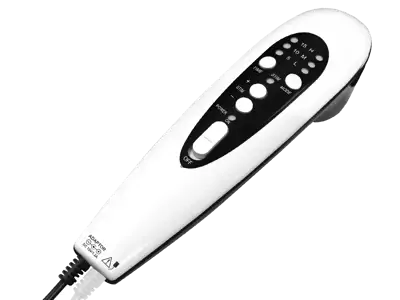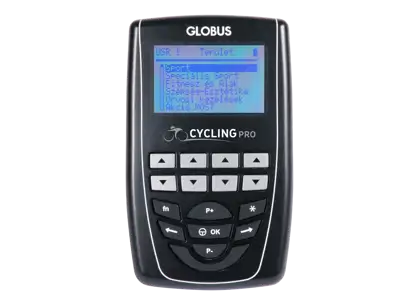Carpal tunnel syndrome
Carpal tunnel syndrome is an uncomfortable pain in the wrist. It occurs when a nerve running through the wrist tunnel (median nerve) comes under pressure.
Read more...The development of Carpal Tunner syndrome
Unilateral, repetitive strain (e.g. typing, prolonged mouse use, hammering, etc.) causes the tendons to become inflamed, swell and pinch the median nerve (nervus medianus) running between them.
The medianus leads from the cervical spine through the shoulder and elbow to the wrist. It also provides innervation to a good part of the forearm flexor and hand muscles. In certain diseases, such as diabetes, rheumatism or thyroid dysfunction, there is a higher risk of developing tunnel syndrome.
There are three nerves that control the hand's innervation.
- the median nerve (nervus medianus) supplies the palmar side of the thumb, index and middle fingers and the last phalanges of these,
- the ulnar nerve provides the innervation of the ring and little finger,
- the radial nerve (nervus radialis) runs to the thumb, index and middle fingers of the back of the hand.
Alagut syndrome is said to occur when the median nerve is pinched. When this nerve is pinched, numbness of the thumb, index and middle fingers occurs.
In the first instance, it occurs only during the day for short periods, but later it may also appear at night, until eventually the numbness becomes permanent.
Treatment of carpal tunnel syndrome
Treatment of carpal tunnel syndrome is usually conservative, aiming to reduce inflammation. However, these efforts may not be successful and surgery may be necessary.
The first and most important step in treatment is to relieve the strain, i.e. stop activities that have led to overuse of the tendons (be it sports or even work).
For very recent wrist pain, cooling may be helpful. Cooling machine straps that take the shape of the joint are best. If using ordinary ice, also place a towel between the ice and skin. Ice placed directly on the skin for half an hour "left there" can lead to frostbite! The analgesic effect of cooling is strongest if the skin temperature is reduced by at least 15°C within 10-15 minutes.
Non-steroidal anti-inflammatory drugs can be used at the same time. If the cooling doesn't stop the pain in 2-3 days, stop, as too much cooling will also slow down the healing process.
TENS treatment
To relieve pain, TENS units can be used to apply electrical impulses. Stick 1-1 electrode 3-5 cm above and below the pain and treat in this way. If your device has a modular TENS program, use it, if not, you can choose between the traditional or endorphin programs. TENS is a symptomatic treatment, i.e. although it relieves pain, it has no effect on recovery.
Microcurrent therapy
Microcurrent treatment is similar to TENS, except that in addition to relieving pain, microcurrent regenerates the membrane of diseased, inflamed cells and effectively reduces inflammation and stimulates healing.
Ultrasound treatment
The ultrasound beam raises the temperature of the treated tissue, accelerating blood circulation and thus the healing process. Always use a contact gel for ultrasound treatment. Move the treatment head in a slow, circular motion over the painful area.Read my article on ultrasound dosing.
Soft laser treatment of carotid syndrome
Point the laser beam at the carpal tunnel and hold it there until 5 Joules of energy are delivered to the painful area. Different laser power levels require different treatment times - read the device's instructions! The energy of the laser beam penetrates deep into the tissue, stimulating the healing process. Effectively reduces pain and inflammation. Recommended device:Personal Laser L400
Magnetic therapy
Pulsating magnetic field therapy using electric current is effective for all conditions affecting joints and tendons, including carpal tunnel syndrome.
Please note: so-called static -non-electrically produced- magnets -bracelets, necklaces, straps, belts, etc.- have no medically proven effect.
If these anti-inflammatory conservative treatments fail or if the conduction velocity of the pinched nerve is reduced more than moderately (as demonstrated by ENG/EMG examination), then tunnel syndrome surgery may be considered, which can be performed by a hand surgeon.
Back to top...



















